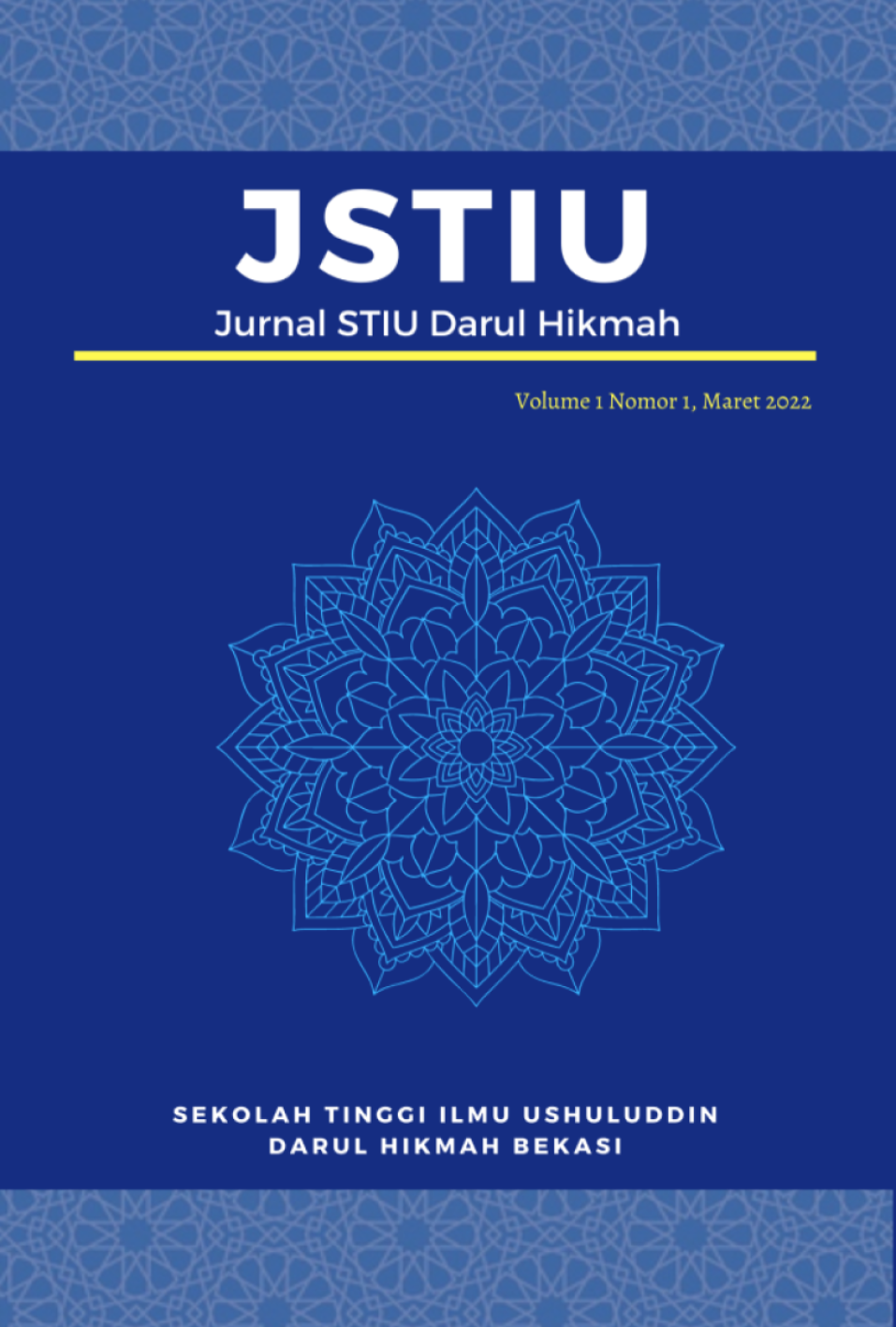METODOLOGI TAFSIR AYAT-AYAT HUKUM K.H. AHMAD SANUSI (Studi Analisis Kitab Raudhatu al-’Irfân fî Ma’rifati Al-Qur‘an)
DOI:
https://doi.org/10.61086/jstiudh.v8i2.36Keywords:
methodology of tafsir, law of verses, Raudhatul IrfanAbstract
K.H. Ahmad Sanusi, an early twentieth-century interpreter, wrote Raudhatu al-'Irfân fî Ma'rifati Al-Qur'an. In addition to being a prolific writer, he was well-known for his ability to argue and frequently served as a conflict arbitrator. Even in the political field, he entered the ranks of freedom fighters with his election as a member of BPUPKI. His activities and fiqh tendencies in his works encourage the writer to investigate how to interpret legal verses and the methodology of istinbath law in his tafsir. The author employs a descriptive analytical method in conjunction with a qualitative approach. Tafsir, which was also a form of contribution to the thoughts of K.H. Ahmad Sanusi on the interpretation of the Al-Qur'an in Indonesia, was written in the Pegon script, in Sundanese loma, and uses the ijmâlî method. Analysis of the use of the ijmâlî method with legal explanations in the form of pointers as a step to make it easy to understand, because this tafsir is not only taught in Islamic boarding schools, but it is also studied by the general public. As for the legal istinbath, the law is served instantly. By paying attention to the rules of tafsir and ushul fiqh, he refers to the books of classical tafsir. It occasionally displays the opinion of fiqh expert priests and judges Imam Shafi'i's opinion.













